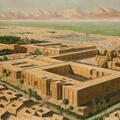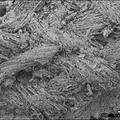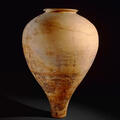The Release of Mohenjo Daro
Will the movie Mohenjo Daro open the floodgates of popular interest in the ancient Indus civilization? What do you think?
Twenty-one years into running Harappa.com, the release of Mohenjo Daro is a landmark for interest in the subject (traffic in the last few days has doubled to five thousand people a day).










